Free Printable 2024 Calendar with Holidays
Thousands of free printable 2024 Calendar with holidays and special days. At WhenisCalendars.com, we offer an array of free printable calendars for 2024, and upcoming years, designed to meet your specific needs and help you plan your life with ease.Printable 2024 Monthly Calendar

- Paper: A4, Letter
- Month of the year: July
- Format: PDF and Image PNG
- Design: Simple and Colorful
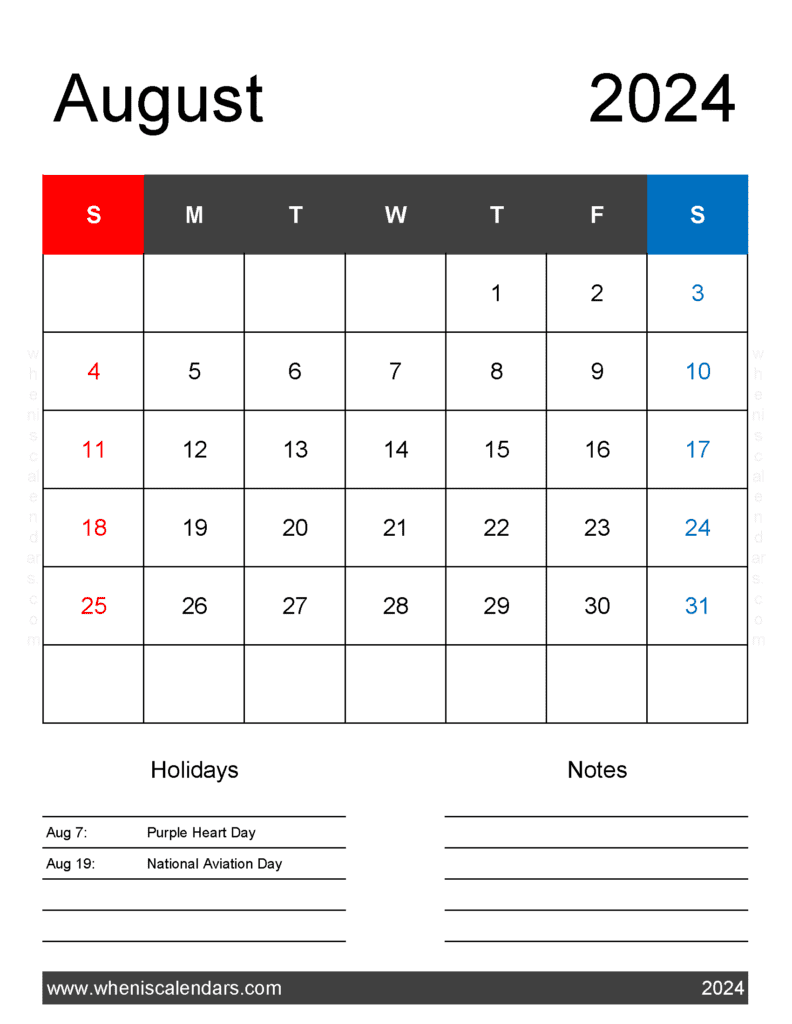
- Paper: A4, Letter
- Month of the year: August
- Format: PDF and Image PNG
- Design: Simple and Colorful
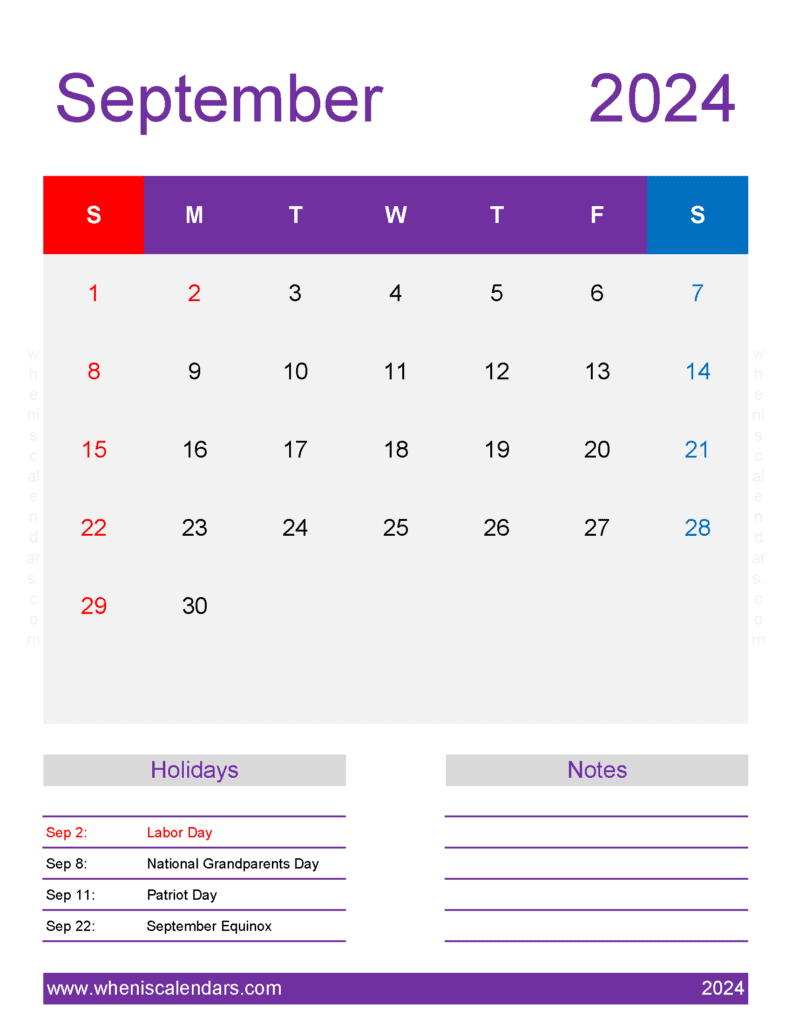
- Paper: A4, Letter
- Month of the year: September
- Format: PDF and Image PNG
- Design: Simple and Colorful
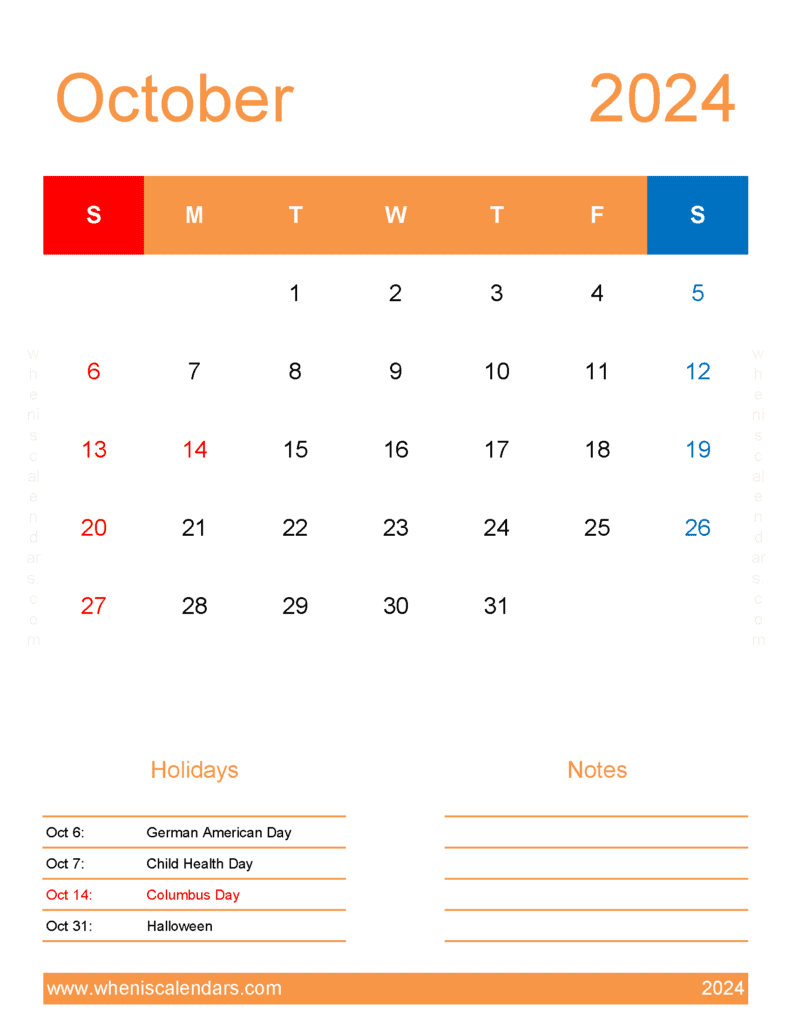
- Paper: A4, Letter
- Month of the year: October
- Format: PDF and Image PNG
- Design: Simple and Colorful
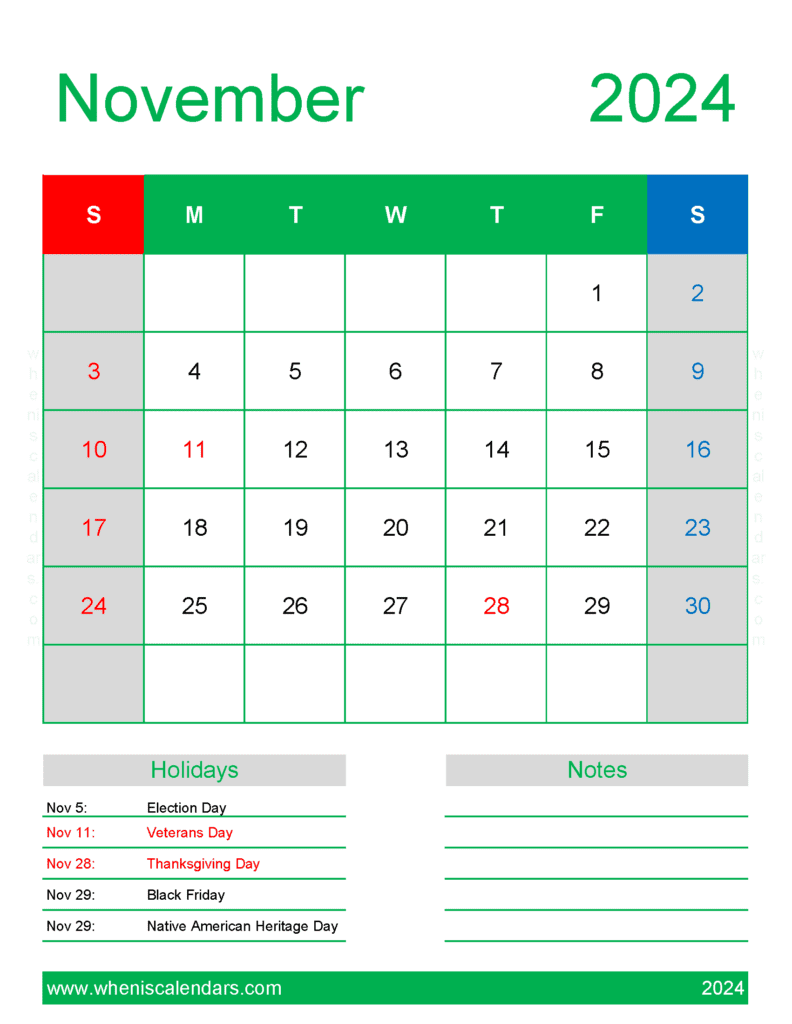
- Paper: A4, Letter
- Month of the year: November
- Format: PDF and Image PNG
- Design: Simple and Colorful

- Paper: A4, Letter
- Month of the year: December
- Format: PDF and Image PNG
- Design: Simple and Colorful
Free Printable 2024 Calendar with Holidays
Monthly calendars are a popular choice for those who want to focus on one month at a time. These calendars provide a clear view of the entire month, making it easy to jot down appointments, deadlines, and important dates. You can find printable monthly calendar for 2024, and beyond in a variety of designs and formats to suit your style. Hundreds of free printable 2024 monthly calendar with holidays, large space for notes size A4 (8.27inch x 11.69inch ), Letter (8.5 inch x 11 inch) in vertical portrait. PDF and PNG image format are available.Printable 2024 Monthly Calendar in Landscape and Portrait

- Paper: A4, Letter
- Month of the year: July
- Format: PDF and Image PNG
- Design: Simple and Colorful
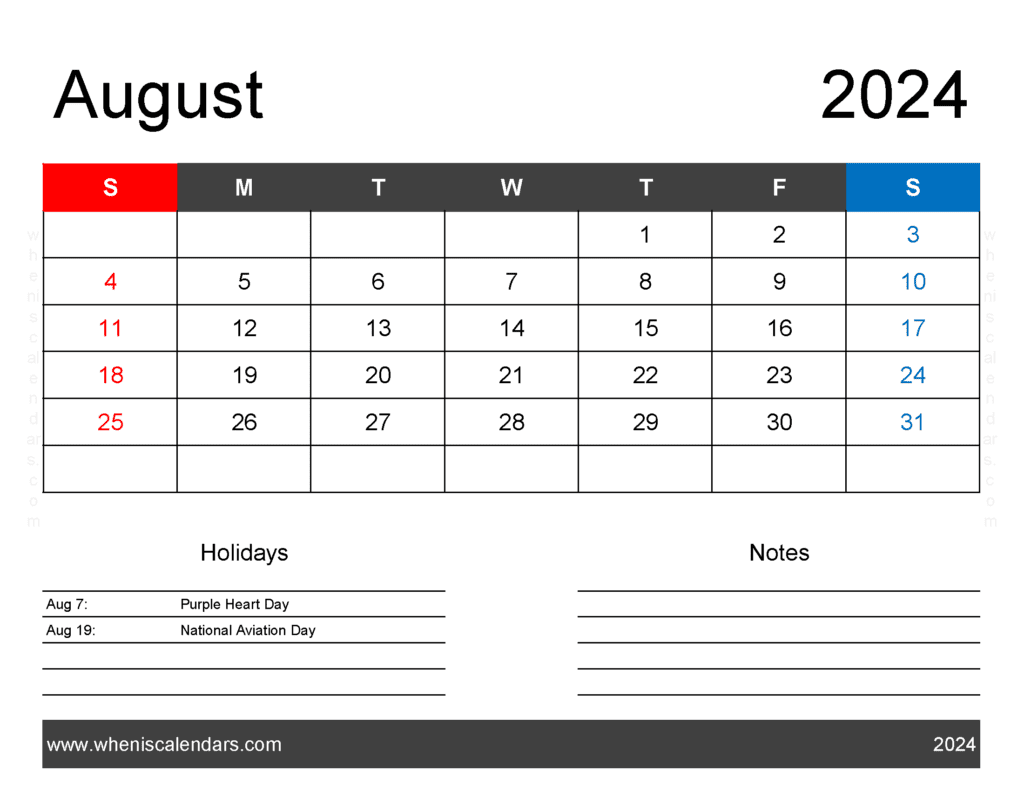
- Paper: A4, Letter
- Month of the year: August
- Format: PDF and Image PNG
- Design: Simple and Colorful

- Paper: A4, Letter
- Month of the year: September
- Format: PDF and Image PNG
- Design: Simple and Colorful
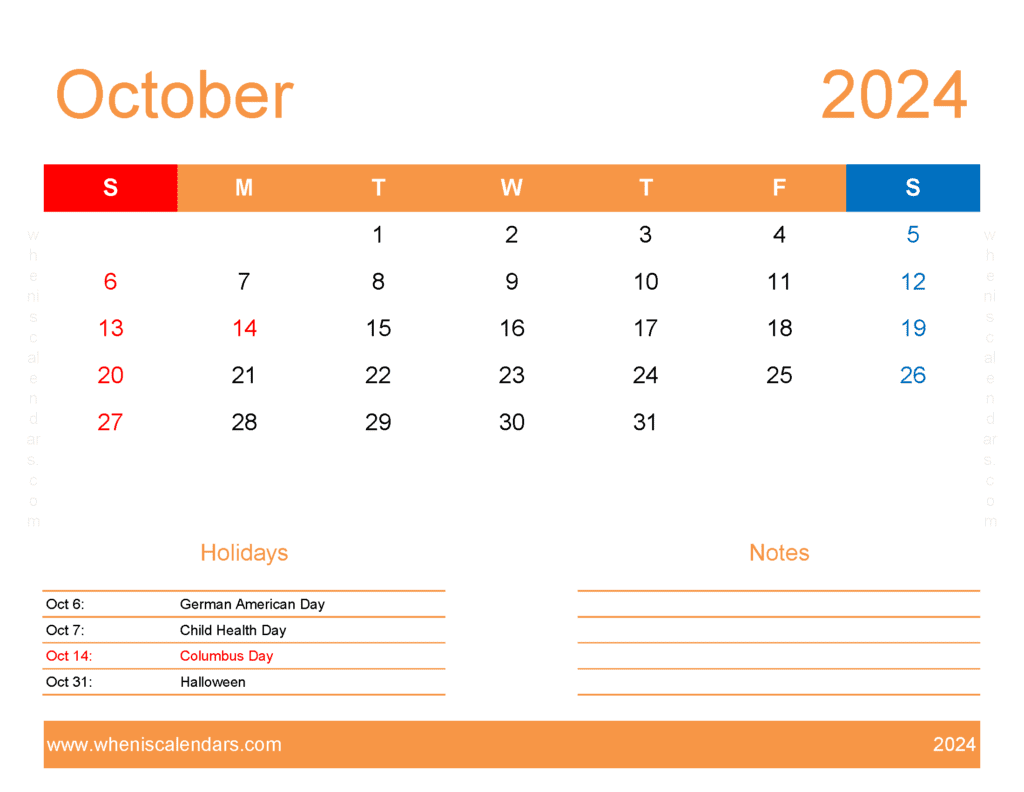
- Paper: A4, Letter
- Month of the year: October
- Format: PDF and Image PNG
- Design: Simple and Colorful
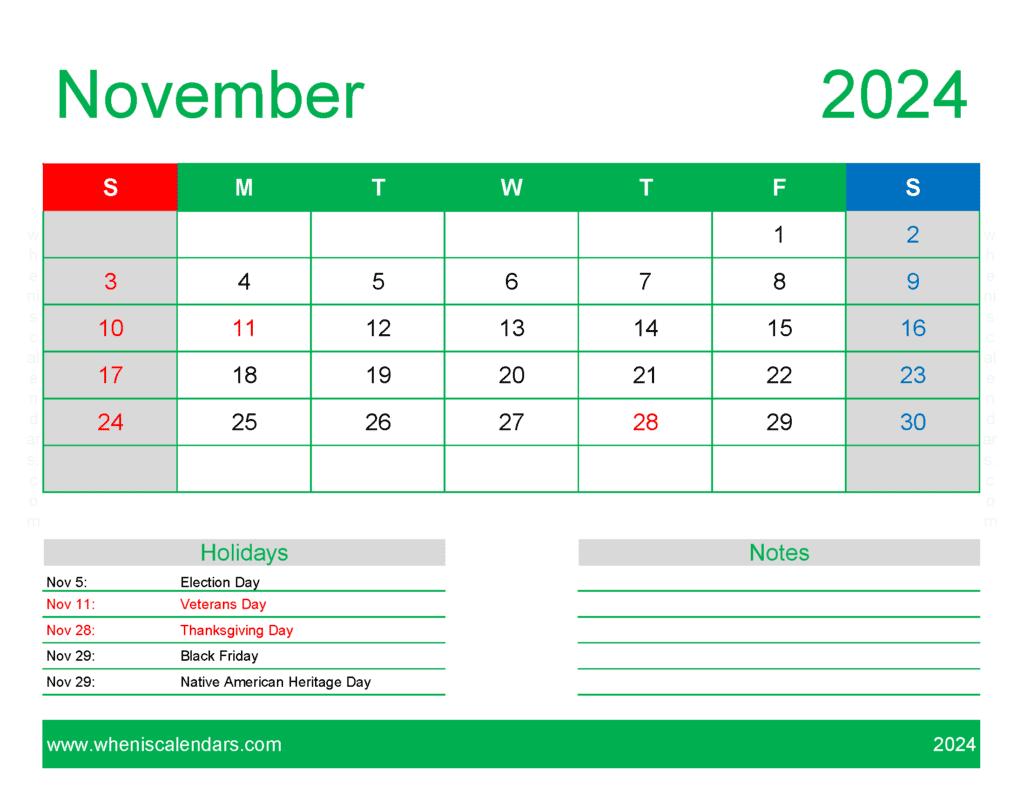
- Paper: A4, Letter
- Month of the year: November
- Format: PDF and Image PNG
- Design: Simple and Colorful

- Paper: A4, Letter
- Month of the year: December
- Format: PDF and Image PNG
- Design: Simple and Colorful
Two-Month Calendar 2024 in Landscape and Portrait
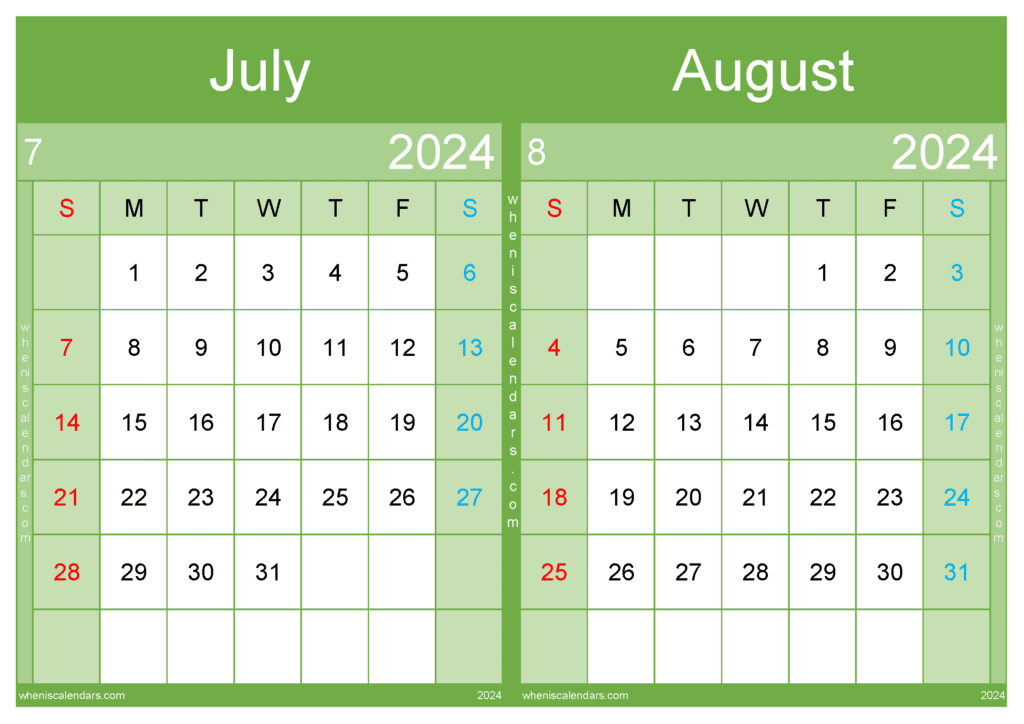
- Paper: A4
- Month of the year: July and August
- Format: PDF and Image PNG
- Design: Simple and Colorful
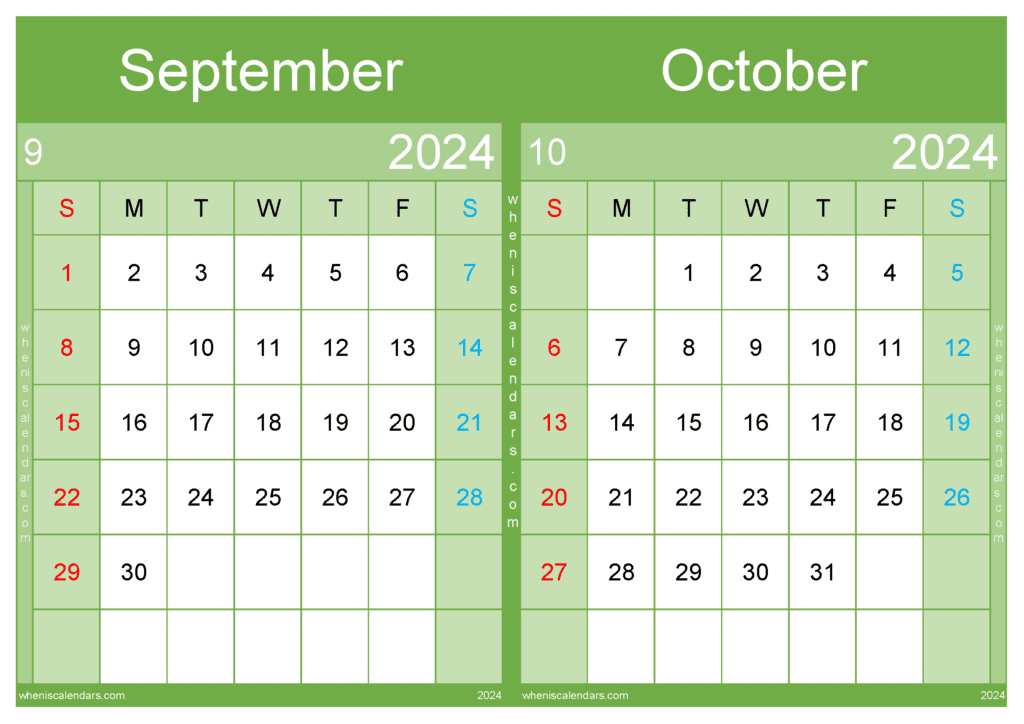
- Paper: A4
- Month of the year: September and October
- Format: PDF and Image PNG
- Design: Simple and Colorful
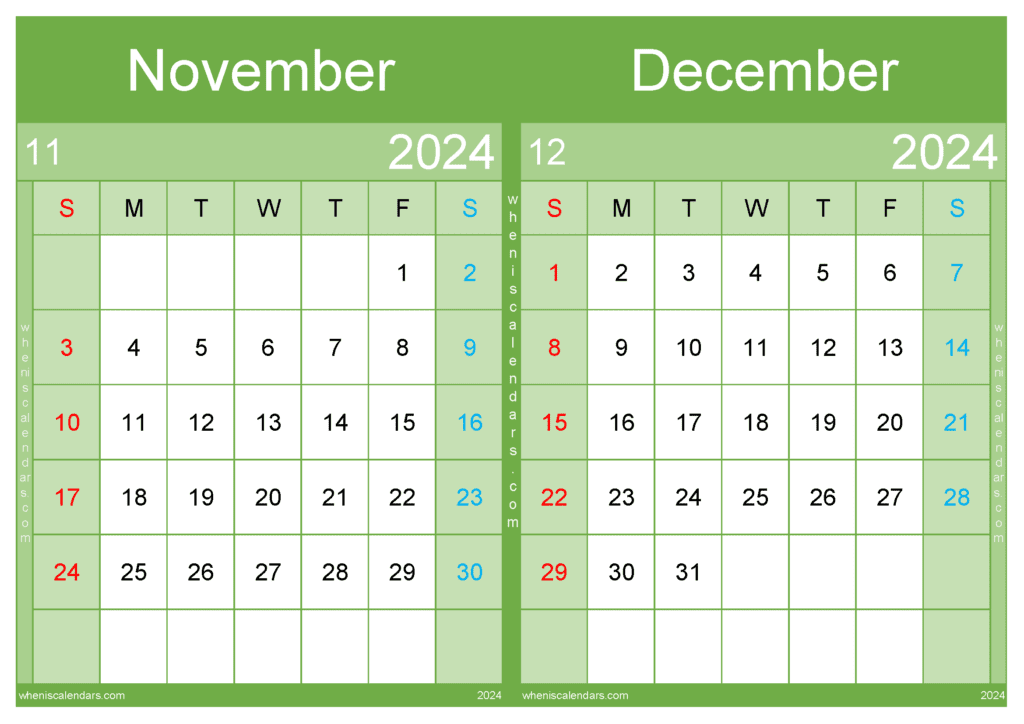
- Paper: A4
- Month of the year: November and December
- Format: PDF and Image PNG
- Design: Simple and Colorful
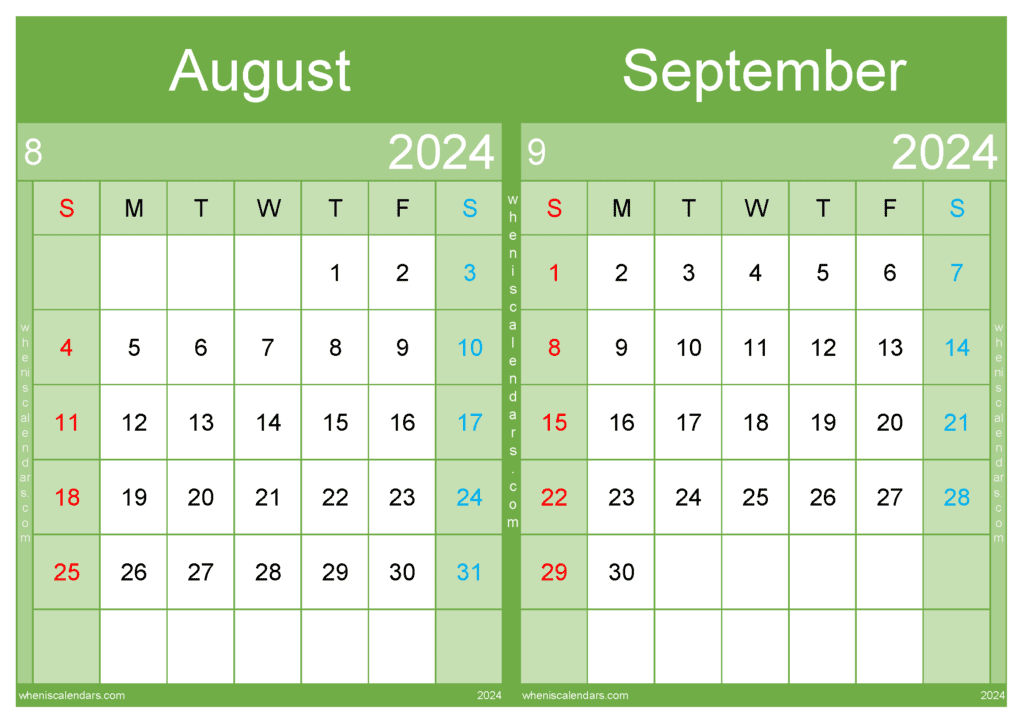
- Paper: A4
- Month of the year: August and September
- Format: PDF and Image PNG
- Design: Simple and Colorful
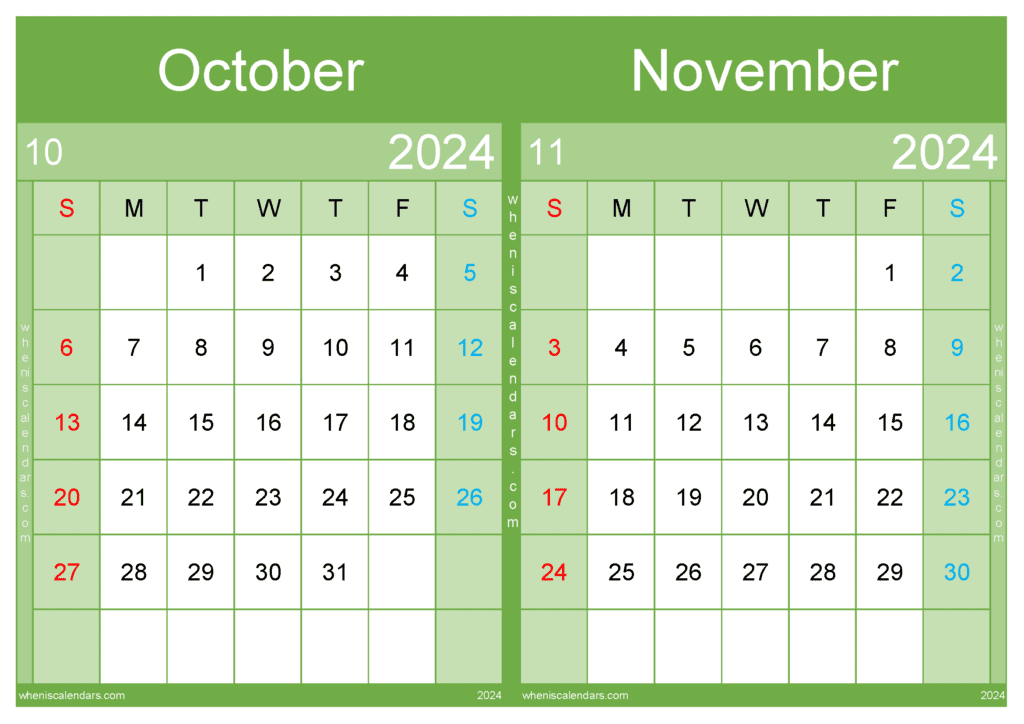
- Paper: A4
- Month of the year: October and November
- Format: PDF and Image PNG
- Design: Simple and Colorful
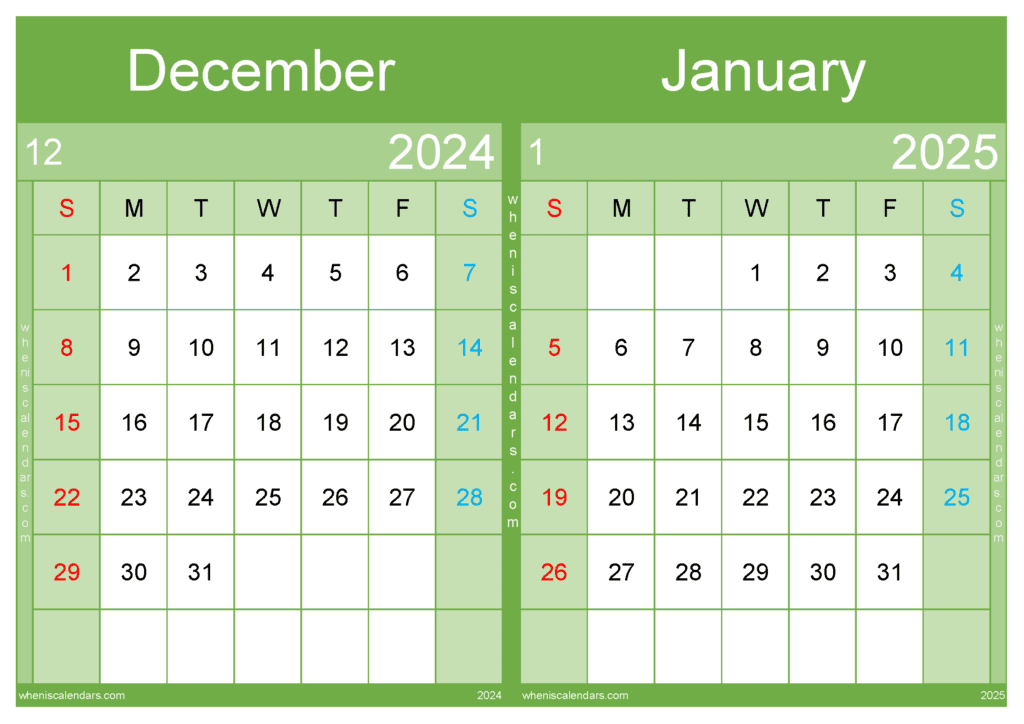
- Paper: A4
- Month of the year: December 2024 and January 2025
- Format: PDF and Image PNG
- Design: Simple and Colorful
Three-Month Calendar 2024 in Horizontal Landscape
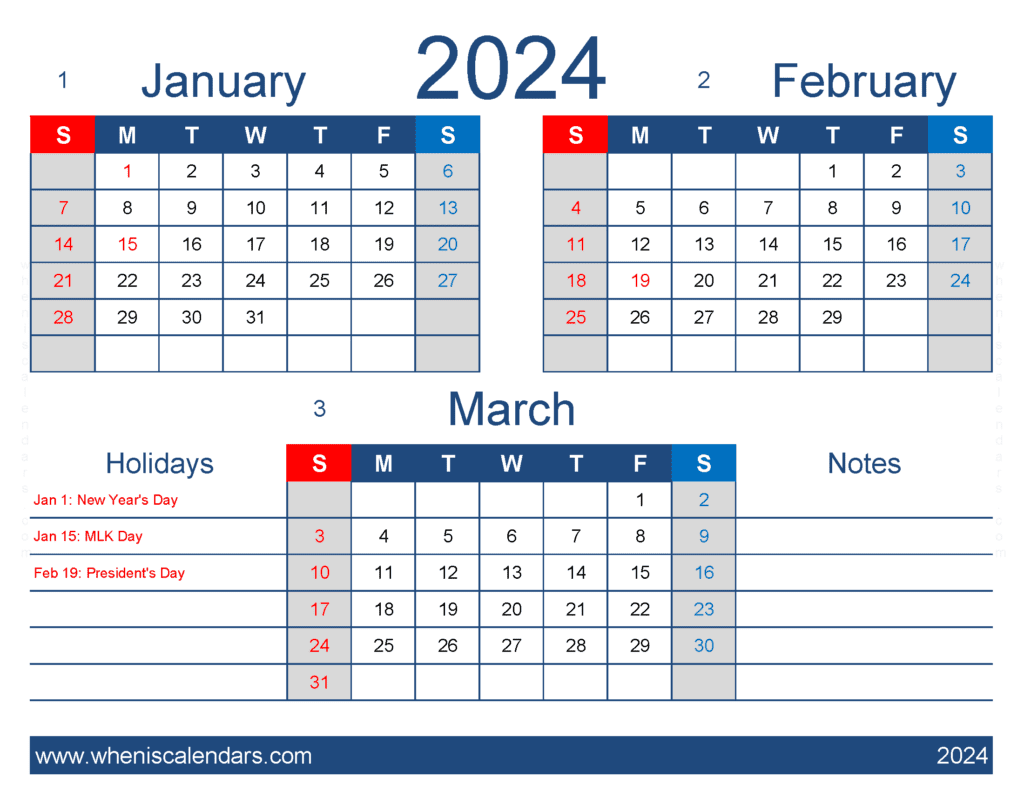
- Paper: A4
- Month of the year: January February March
- Format: PDF and Image PNG
- Design: Simple and Colorful
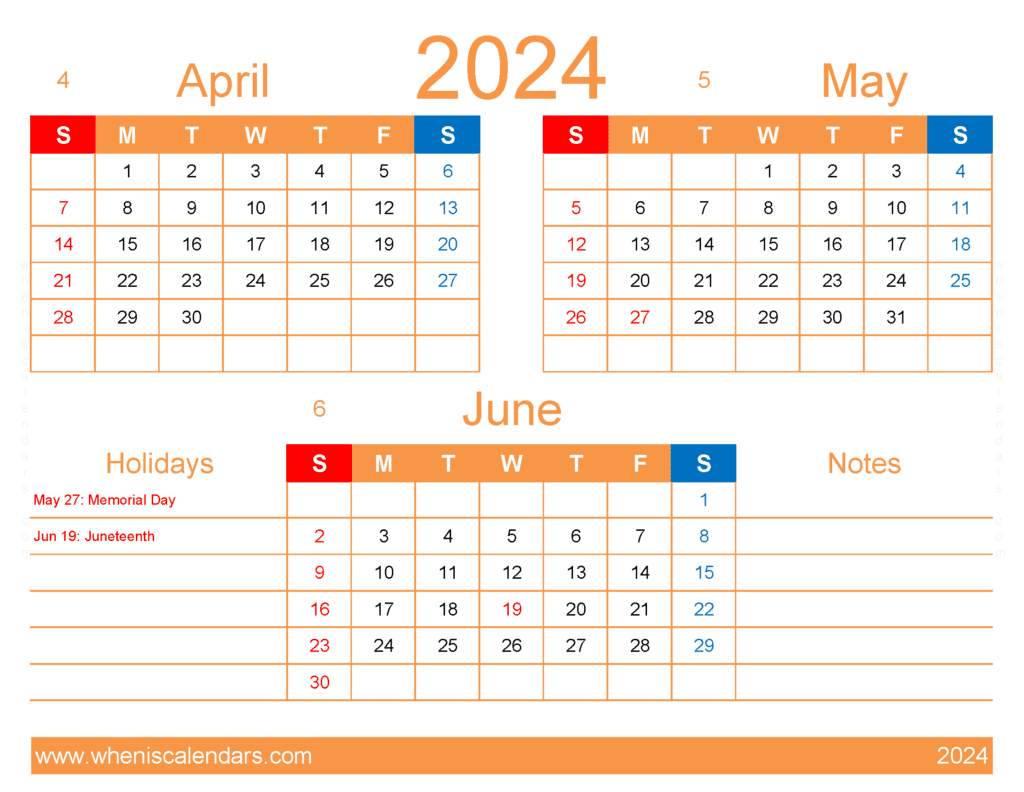
- Paper: A4
- Month of the year: April May June
- Format: PDF and Image PNG
- Design: Simple and Colorful
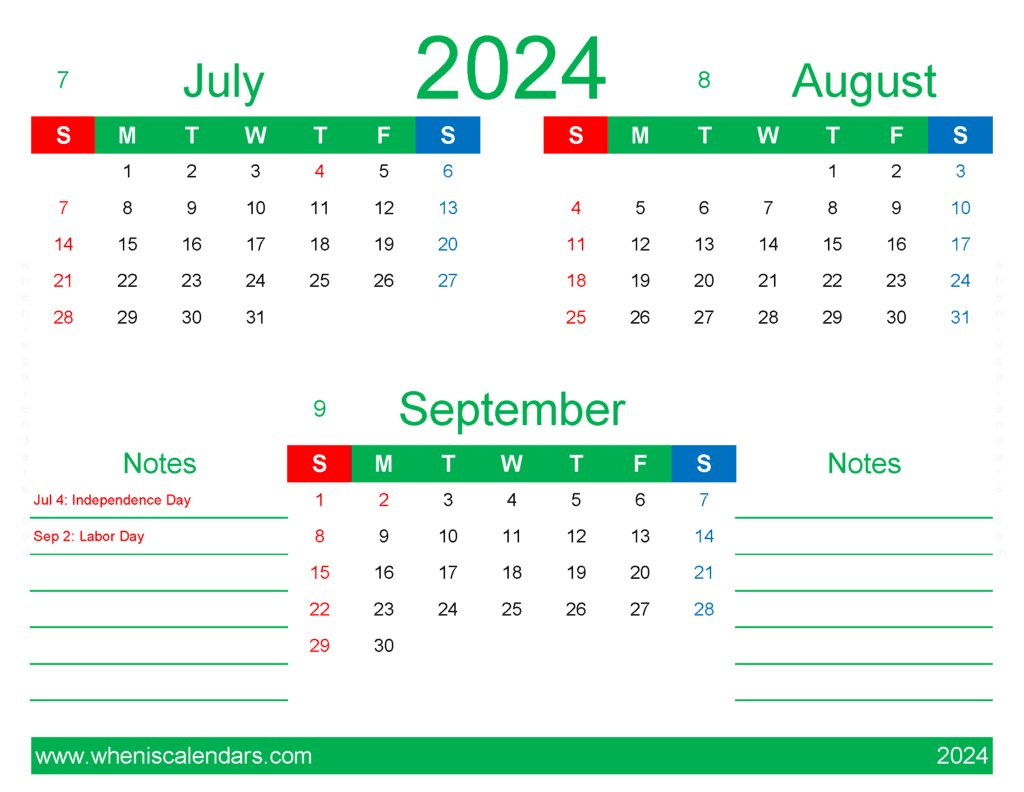
- Paper: A4
- Month of the year: July August September
- Format: PDF and Image PNG
- Design: Simple and Colorful
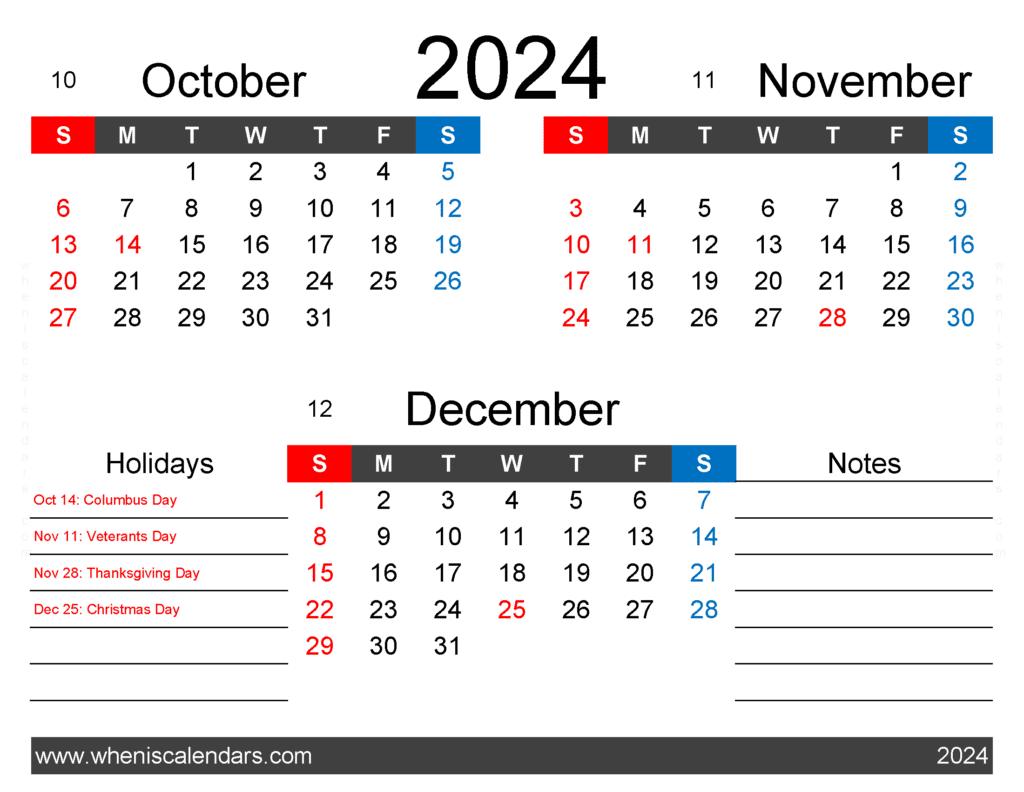
- Paper: A4
- Month of the year: October November December
- Format: PDF and Image PNG
- Design: Simple and Colorful
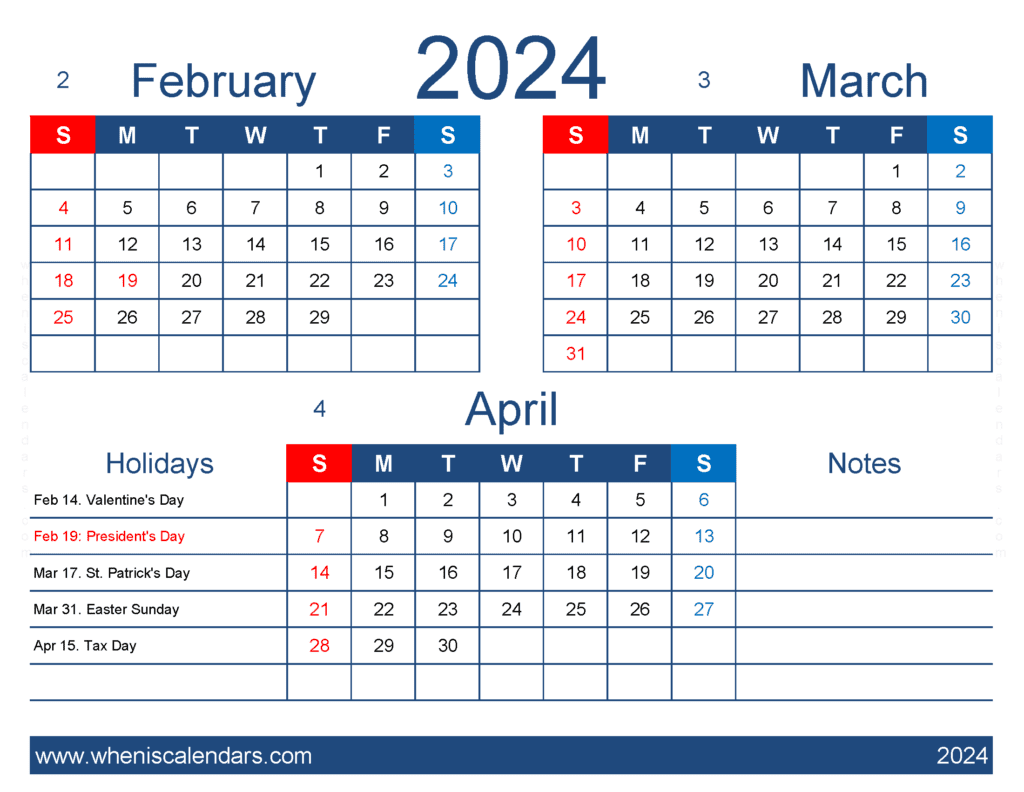
- Paper: A4
- Month of the year: February March April
- Format: PDF and Image PNG
- Design: Simple and Colorful
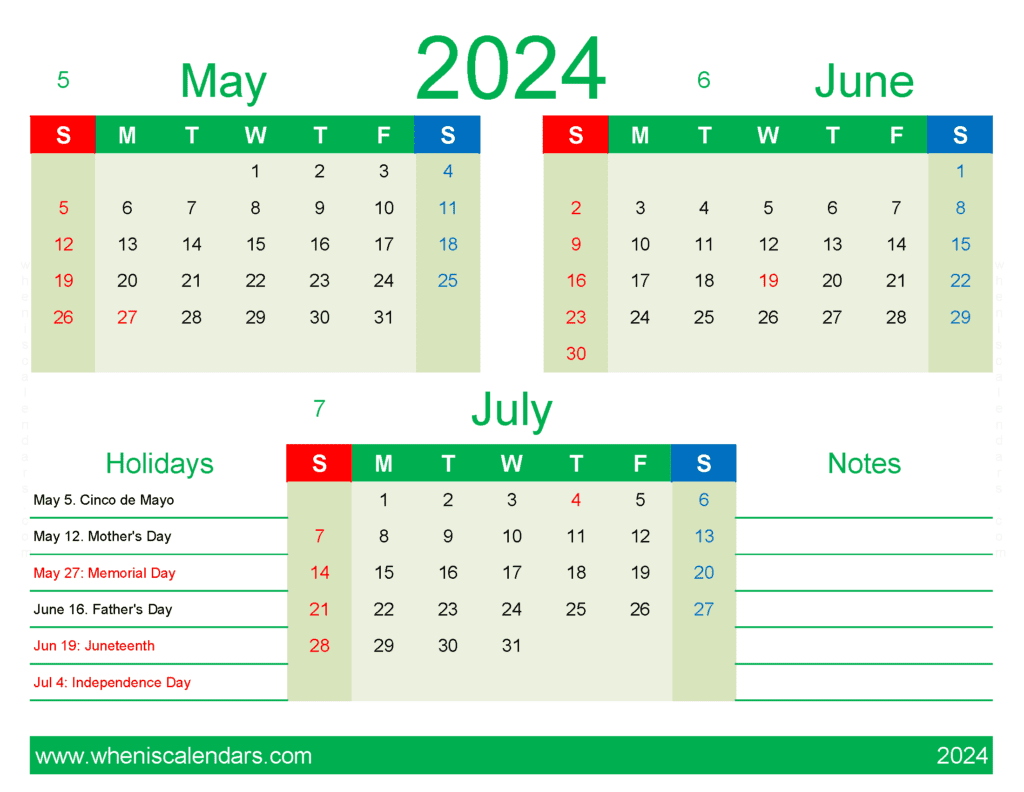
- Paper: A4
- Month of the year: May June July
- Format: PDF and Image PNG
- Design: Simple and Colorful
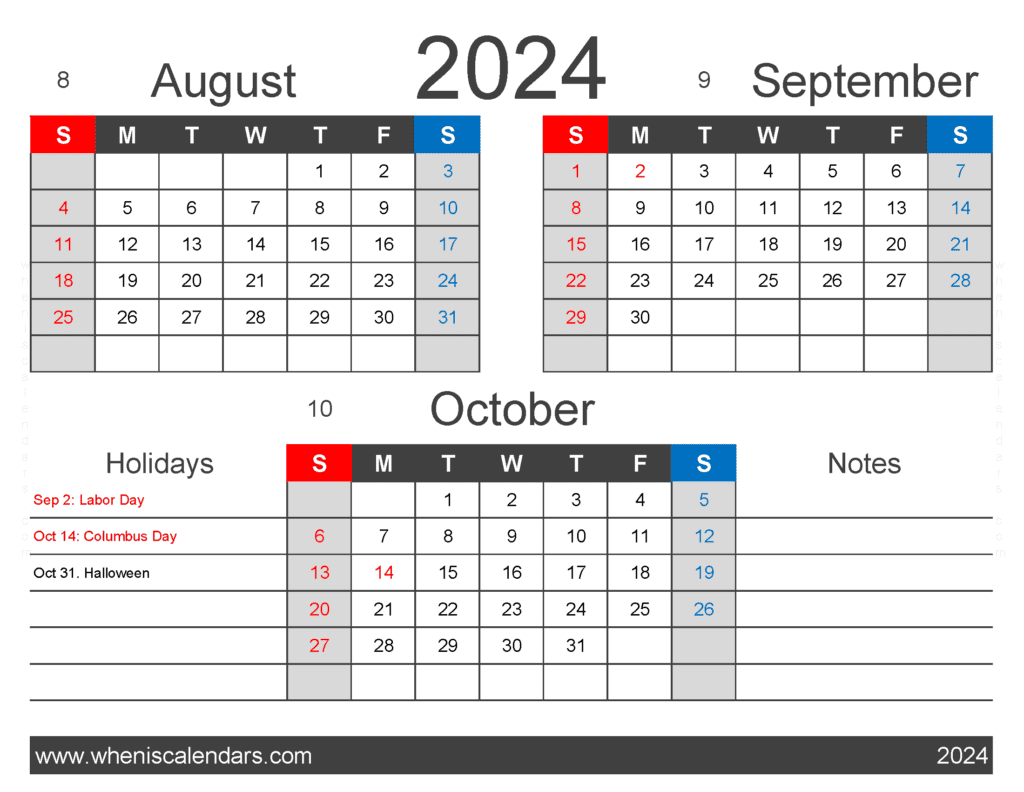
- Paper: A4
- Month of the year: August September October
- Format: PDF and Image PNG
- Design: Simple and Colorful
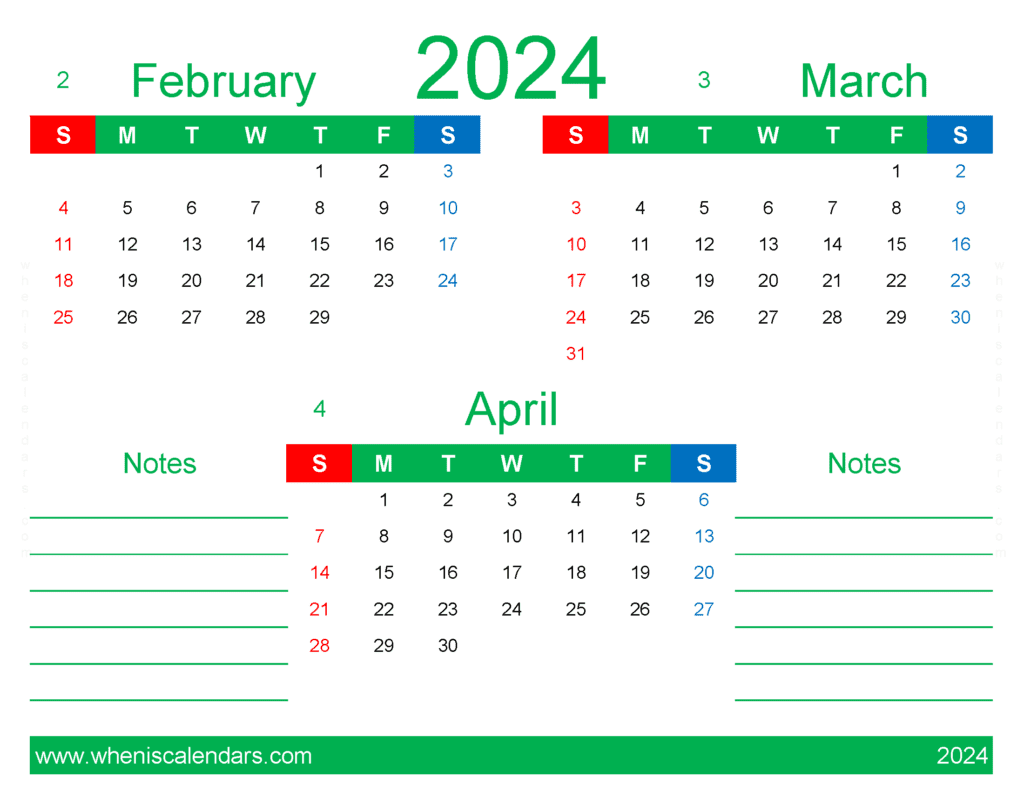
- Paper: A4
- Month of the year: November December 2024 January 2025
- Format: PDF and Image PNG
- Design: Simple and Colorful
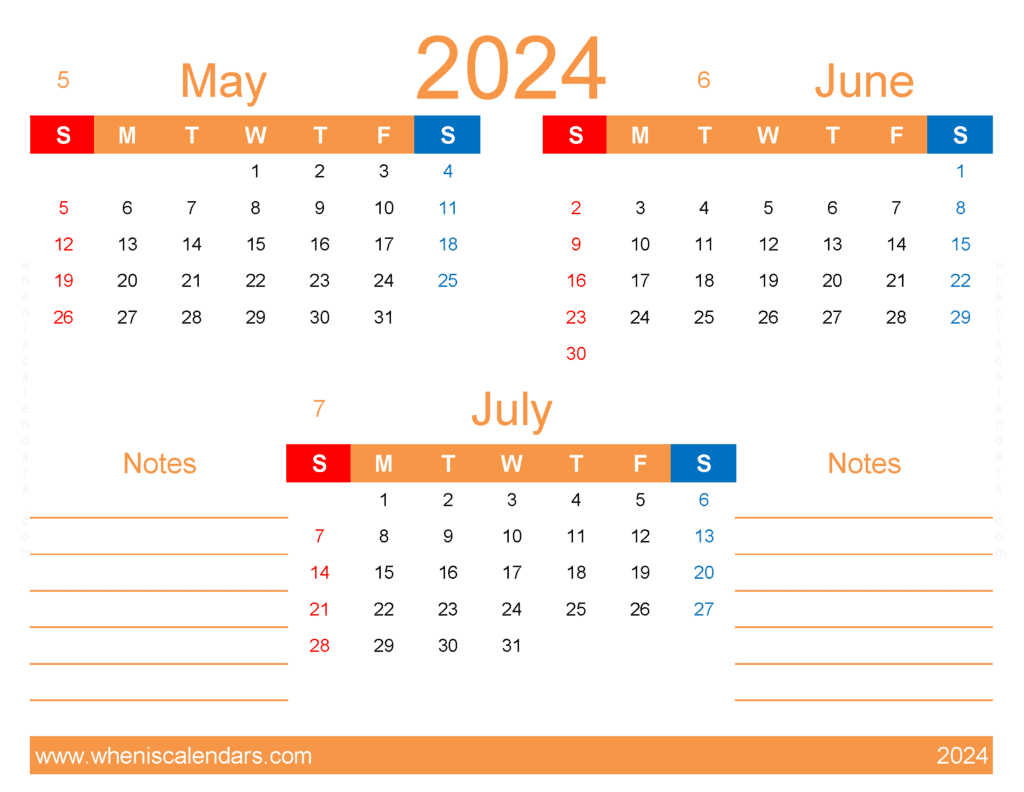
- Paper: A4
- Month of the year: March April May
- Format: PDF and Image PNG
- Design: Simple and Colorful

- Paper: A4
- Month of the year: June July August
- Format: PDF and Image PNG
- Design: Simple and Colorful
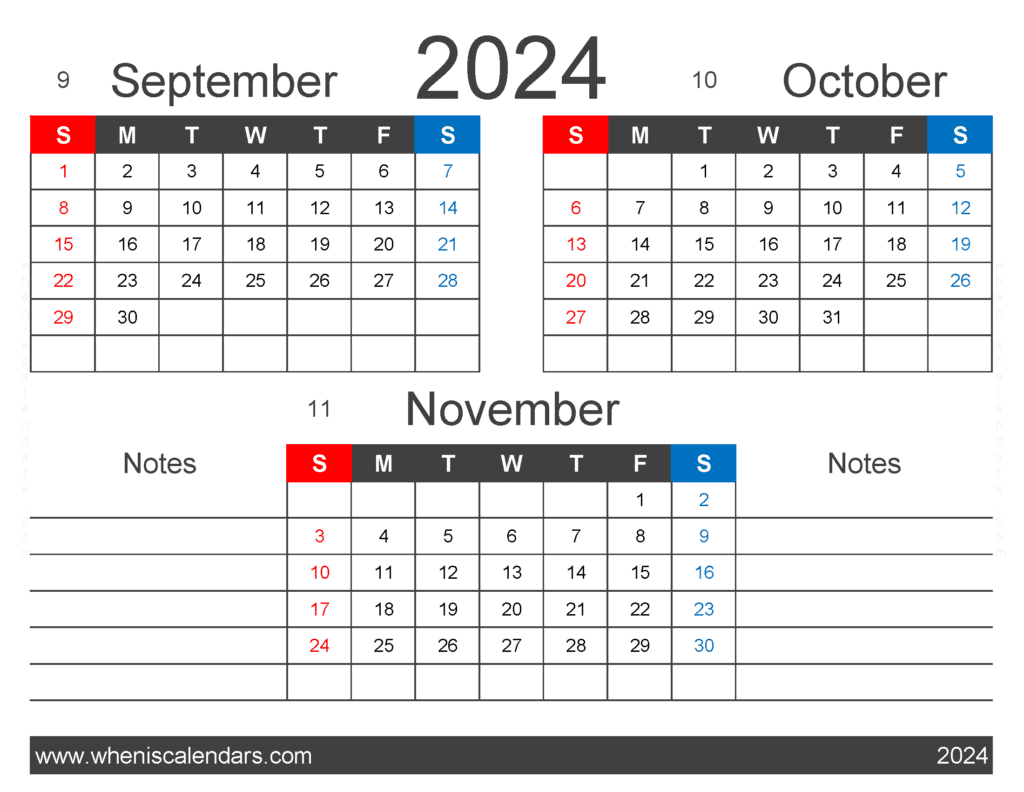
- Paper: A4
- Month of the year: September October November
- Format: PDF and Image PNG
- Design: Simple and Colorful

- Paper: A4
- Month of the year: December 2024 January February 2025
- Format: PDF and Image PNG
- Design: Simple and Colorful
Copyright Notice: All calendar templates provided by WhenisCalendars.com are for personal use only. Redistribution or commercial use without permission is prohibited.
If you require additional versions of our calendar or are interested in commercial licensing options, please feel free to contact us. We're here to assist you with your specific needs and provide you with the right solutions.